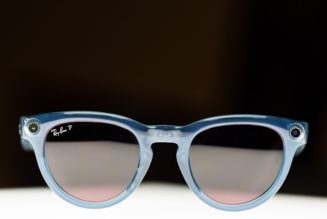
Nike has partnered with biotechnology company Newlight Technologies to reduce its carbon footprint. Specifically, Nike plans to explore the use of AirCarbon, which is Newlight’s carbon-negative biomaterial produced by ocean microorganisms. The creation of the material also utilizes the conversation of greenhouse gasses.
Newlight’s goal is to aid in the fight against plastic pollution and climate change by producing this plastic substitute. Currently, the material has been used as a plastic leather substitute for eyewear, bags and wallets. Nike’s goal is to explore the capabilities of AirCarbon with several applications to create more environmentally equitable products.
“AirCarbon offers an opportunity to further reduce our impact on the planet,” said Noel Kinder, Chief Sustainability Officer at Nike. “Materials account for 70 percent of Nike’s total carbon footprint, and we’re accelerating our efforts and exploring new opportunities in this space because, in the race against climate change, we can’t wait for solutions, we have to work together to create them.”
To create AirCarbon, Newlight uses ocean microorganisms that eat greenhouse gasses and air and then convert it inside of the material’s cells. As such, AirCarbon is an energy storage material a.k.a. polyhydroxybutyrate (PHB) composed of 40 percent oxygen from the air and 60 percent carbon from greenhouse gasses.
Additionally, the material is certified carbon-negative, which results in a reduction in CO2 in the atmosphere. AirCarbon can be melted into a variety of forms such as fiber, sheet and solid shapes, which opens up the door to a range of possibilities.
For more information about the biomaterial, check out Newlight’s website.
In related news, look at pair #33 from Off-White™ and Nike’s Dunk Low “The 50” collection.









